At the beginning of every new year, full of ambitious resolutions, I try to do some cleaning up at home, both physical and electronic. The physical does not achieve all that much because I live in a big old southern home. We Americans have a lot of space for our stuff. The digital is a bit more successful. I clean up computer programs, delete files, and back up to several external hard drives. One drive went off with my daughter to California, another to the safe-deposit box at the bank. My photograph files of scanned film are organized in decade-long blocks. During my cleanup, I realized that 2020 marks 55 years of using Kodak’s famous Tri-X film. That may be a gruesome statistic, but long-term 35MMC readers know by now that I am a really old geezer, and yes, I have been taking pictures that long.
Eastman Kodak introduced Tri-X film in 1940 in sheet film formats. Kodak introduced 35mm and 120 versions in 1954, and, in subsequent decades, also sold 220, 126, 127, 16mm, Super-8, and possibly other formats. Kodak modified the film several times over its life. According to Wikipedia, “In 2007, Tri-X was extensively re-engineered, receiving the new designation 400TX in place of TX or TX400, and became finer-grained.” I have read that the new emulsion has some of the characteristics of T-grain films, although I cannot verify this, but that might account for the finer grain while maintaining the 400 film speed.
In this short article, I would like to share some of my older as well as more recent Tri-X photographs. Of course, over the years, my equipment improved, I hope my skill evolved, and the film improved. But I think all these frames show that classic Tri-X look, a look that many of us associated with black and white photography through the 20th century. However, remember that images posted on the web are far removed from the original negative (but you 35MMC readers, being sophisticated photographers, know this).
Greece 1964
With help from the family, I bought my first camera in 1964, a Kodak Instamatic 500. It had a 38mm Schneider Xenar lens and a Gossen selenium light meter. I did not know what I was doing but had fun taking snapshots.
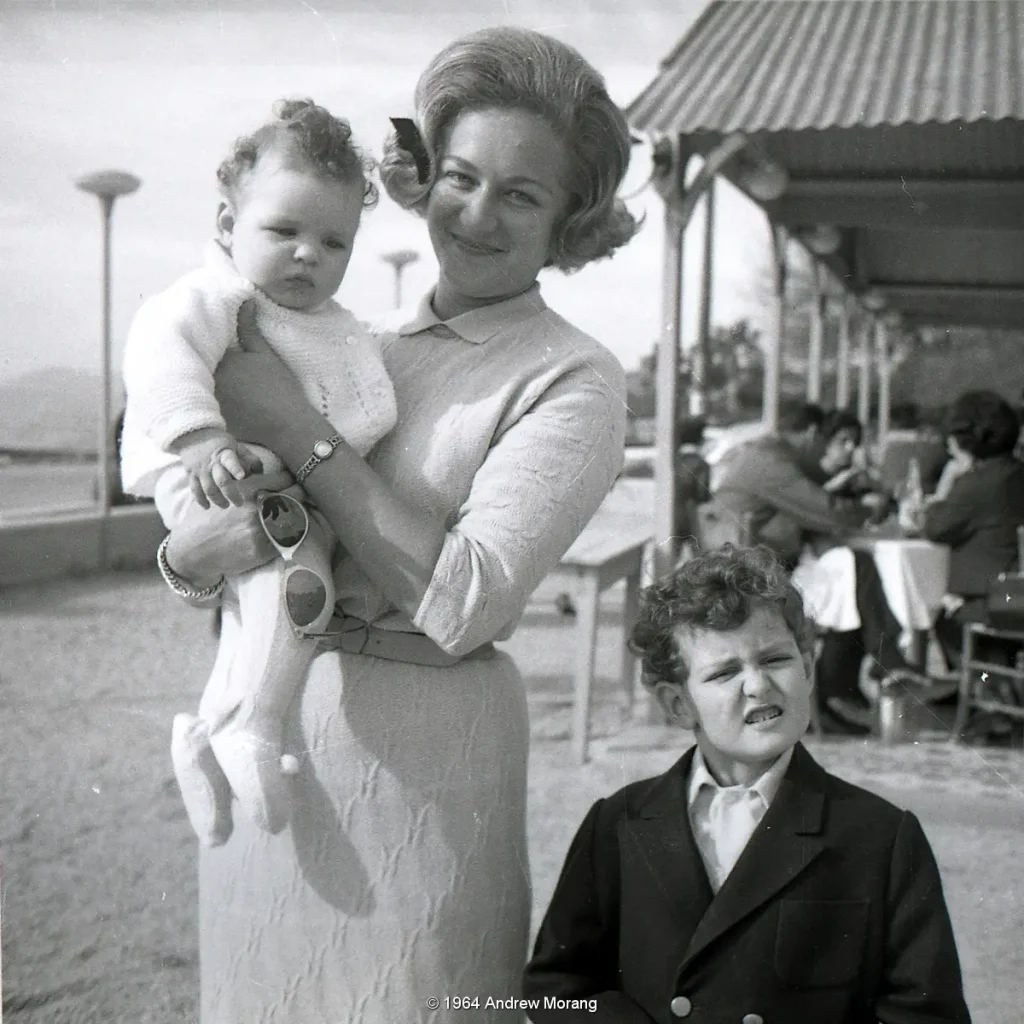
The 1970s
While an undergraduate student, I worked for an oceanography professor. We examined, counted, and classified foraminifera from ocean cores collected by the Deep Sea Drilling Project. The Zeiss microscope in the laboratory had a camera module that accepted 35mm film cassettes. We rolled our own Tri-X from bulk rolls, and there was always so much film available, I had essentially unlimited Tri-X at my disposal. I developed the film in a darkroom in the dormitory, but cannot remember what developer I used back then. My first serious camera was a Nikkormat FTn that I bought in 1968 in Cambridge, Massachusetts. These 1960s Nikkor lenses were excellent optically, and many photographers still use them.
New York City was always fun, but it was grungy and dangerous in the 1970s. That was the era of municipal bankruptcy and the painful shift from a manufacturing economic base to finance and banking. I wish I had explored more during that time of transition. In the photograph below, the World Trade Center was brand new and mired in controversy, and many floors were unoccupied. This negative is a mess, and I superimposed part of another frame on it. I must have changed films partway through the roll and mis-counted. I took this photograph only a few months before Philippe Petit made his famous high-wire walk between the Twin Towers on the morning of 7 August 1974.
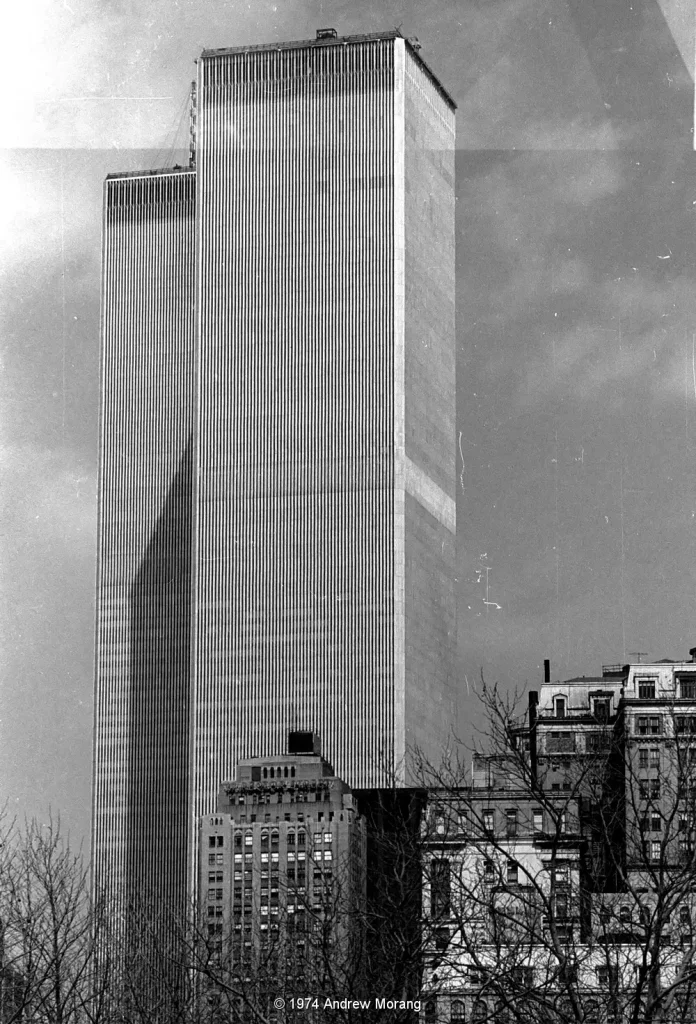
At that time, you could still walk up inside the Statue of Liberty and climb into the head. I am not sure if this is possible now.
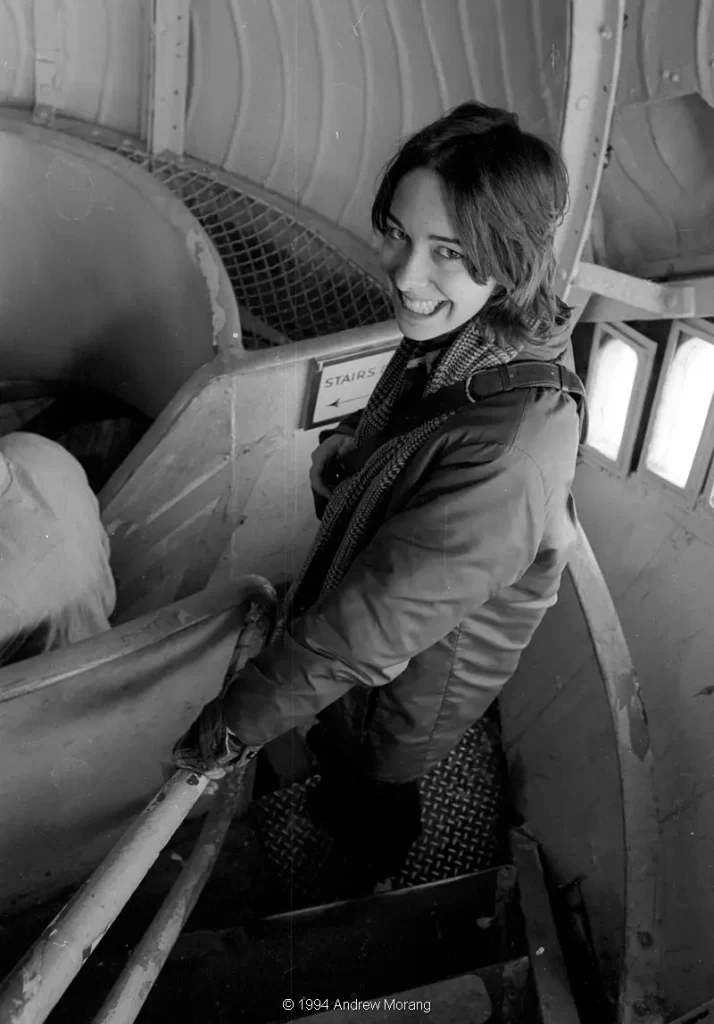
In 1979, en route from Athens to London, I stopped for a few days in a wintery Vienna. I like these popular tourist sites in the off season, and in a city like Vienna, the cultural season was in full swing. As I recall, I bought a student ticket at the Staatsoper and had to stand in the upper balcony for a 5-hour performance of Tristan und Isolde. Note how in those days I traveled with a suit and neckties. Not only that, back then gents wore a suit on the airplane, and ladies were similarly properly dressed.
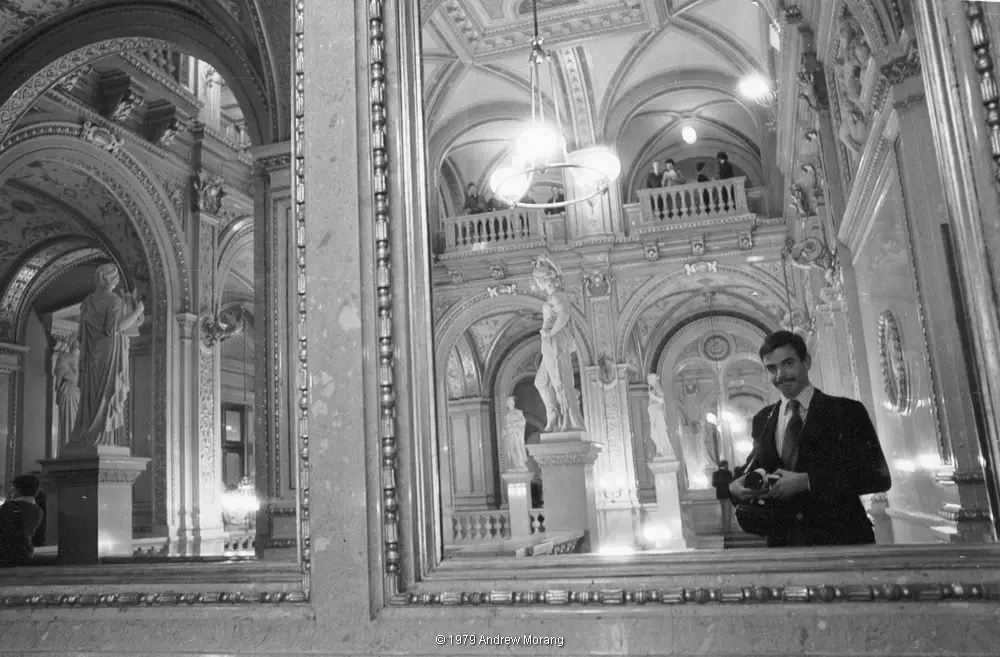
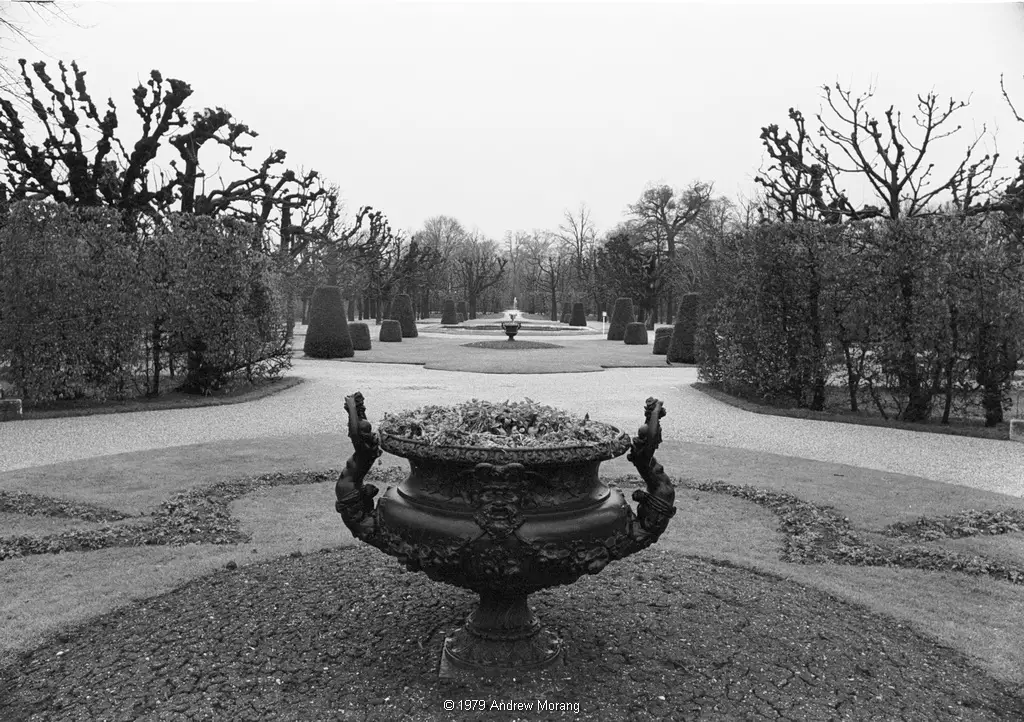
The 1990s
During the 1980s and 1990s, most of my black and white work was with medium format. When I used Tri-X in 120 size, it was Tri-X Professional, the ISO 320 emulsion. This was a different film than the 400 version and made for endless confusion in marketing. For this article, I will concentrate on the 400 version.
Vicksburg, Mississippi, is a historic river town on the banks of the Mississippi River. It offers a wealth of urban decay topics. I should have used Tri-X more often because the grittiness works with these subjects. More Tri-X and Polaroid (!) examples from Vicksburg in the mid-1990s are at this post.
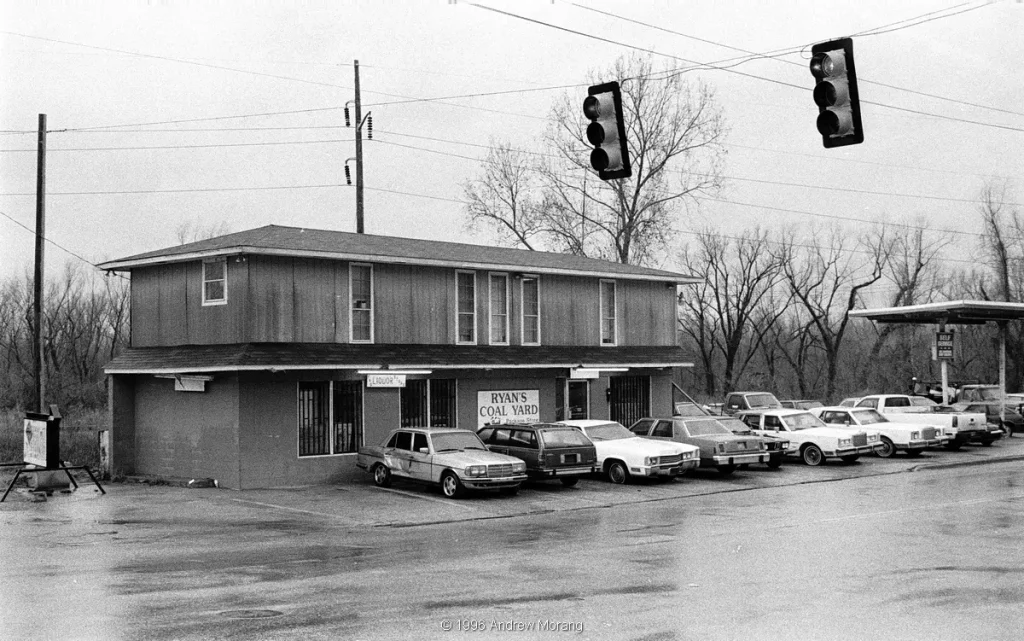
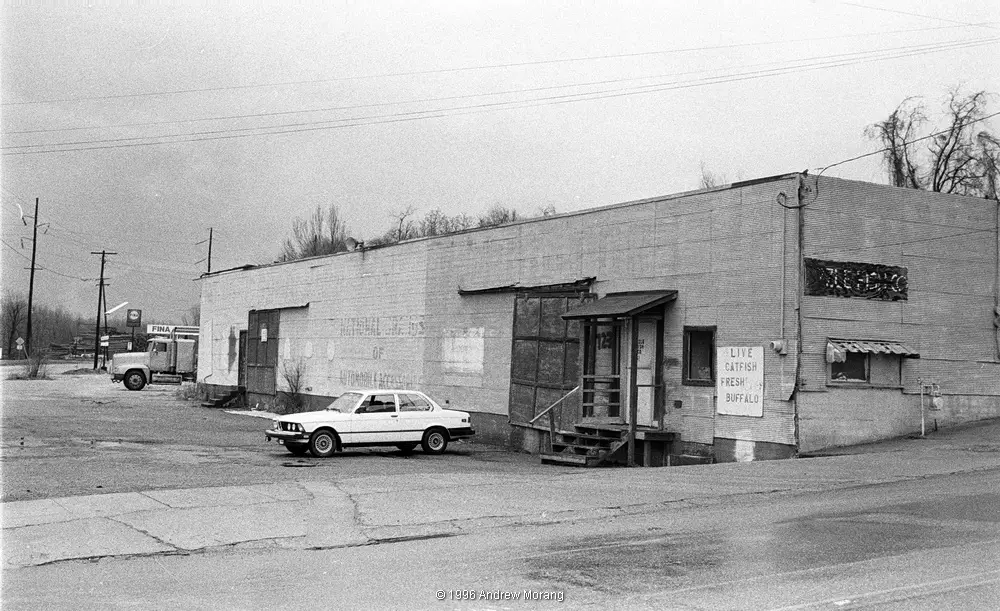
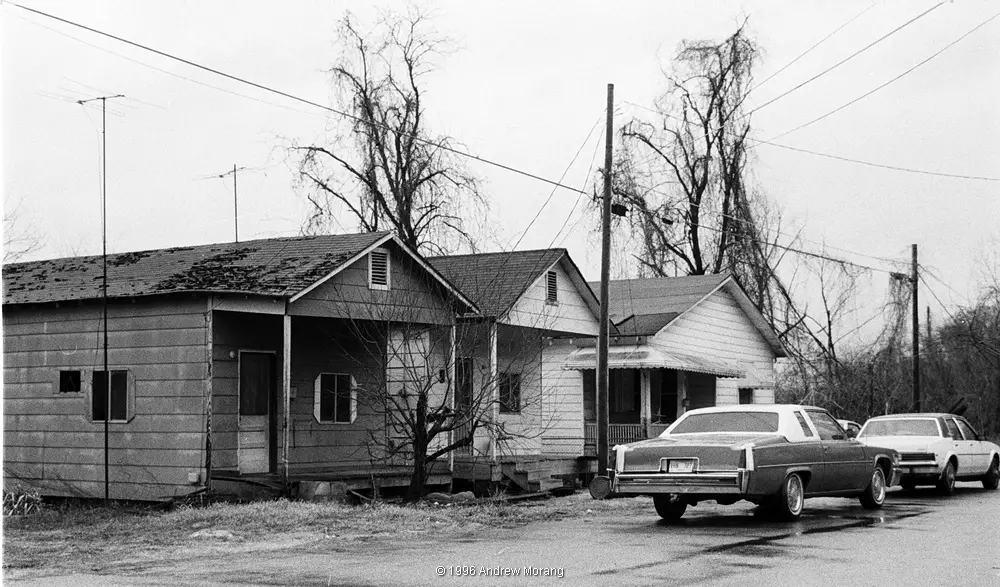
The shotgun houses in the third photograph are a characteristic type of southern American architecture. They were mass-produced in the early 20th century for industrial and agricultural workers. They are disappearing rapidly, and I try to photograph them whenever possible. I have photographed them with film and/or digital many times (for more examples, please see this link, this one from 2004, and this one).
The 2000s
For a number of years, I did not use any 35mm black and white film. Digital tempted me for awhile (and I still have a Fuji kit), but I continued to do real photography with the classic Kodak Panatomic-X in medium format. I sold some of my film cameras.
In 2014, my wife and I visited Burma (now Myanmar) on a cultural tour and an exploration of where my family and I lived in the 1950s. My father took black and white photographs then with his Leica IIIC using emulsions that are no longer available (Ansco and others). I decided to use film to emulate his pictures. The IIIC was out of commission, so I opted for Tri-X in my Leica M2. The results were very successful. When I showed some prints to coworkers, they thought they were my dad’s 1950s frames and were surprised to learn they were modern.
Burma in 2014 was a fascinating destination, a country that had been semi-isolated for decades and was at the cusp of entering the modern economic world. I am not sure of the conditions now, but I recommend you go soon, before the developers pillage and bulldoze the architectural treasures.
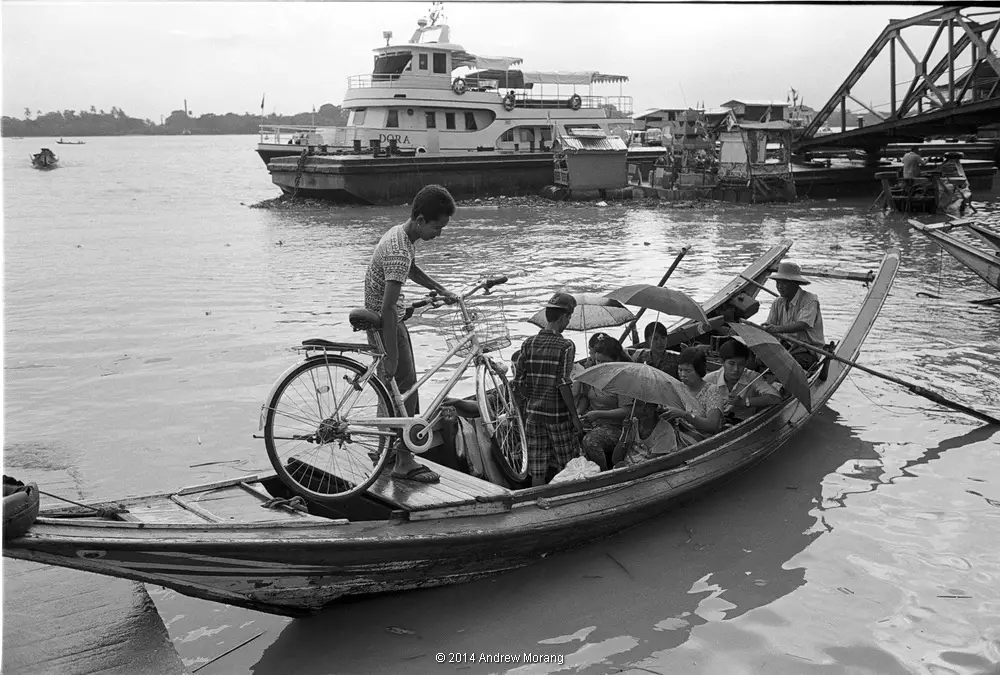
Rangoon is a fascinating city, with the best-preserved English colonial architecture anywhere in the former colonies. Buildings like the monumental Yangon Central Station and the Pegu Club, where Rudyard Kipling and George Orwell drank and wrote (and drank some more), are wonderful photographic sites.
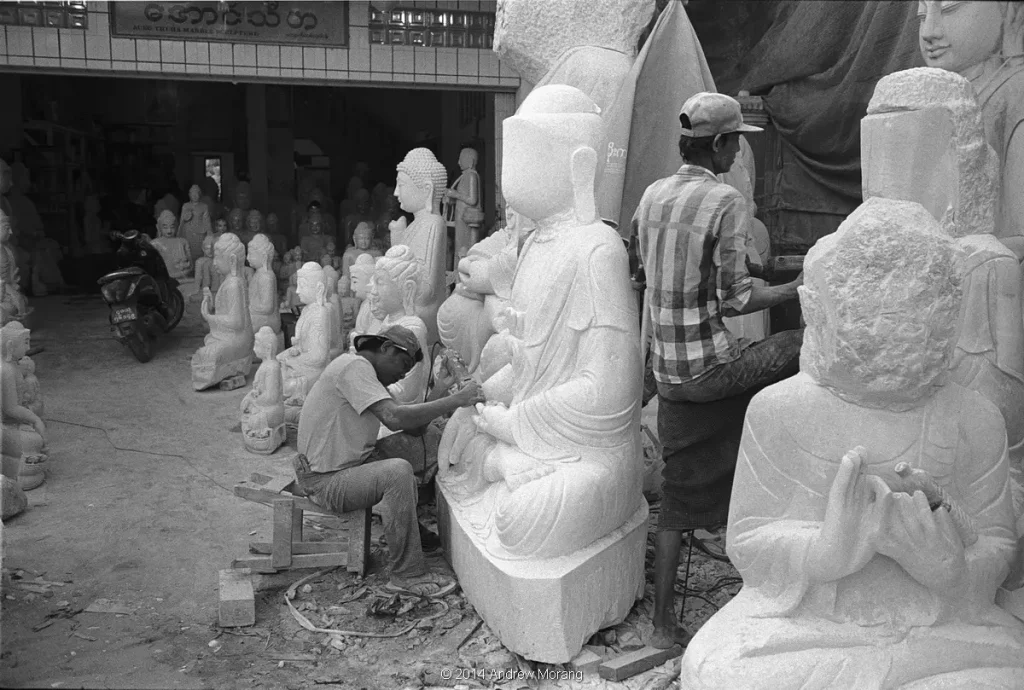
These artists work at the famous marble-carving district of Mandalay. We learned that the stone carvers come from a limited number of families, who have dominated this skill for generations. Young men and women learn from their elders. They toil without breathing masks, and many die young of silicosis, a horrifying disease. Many of the statues are exported to China and even to the United States. The Mandalay waterfront is equally interesting.
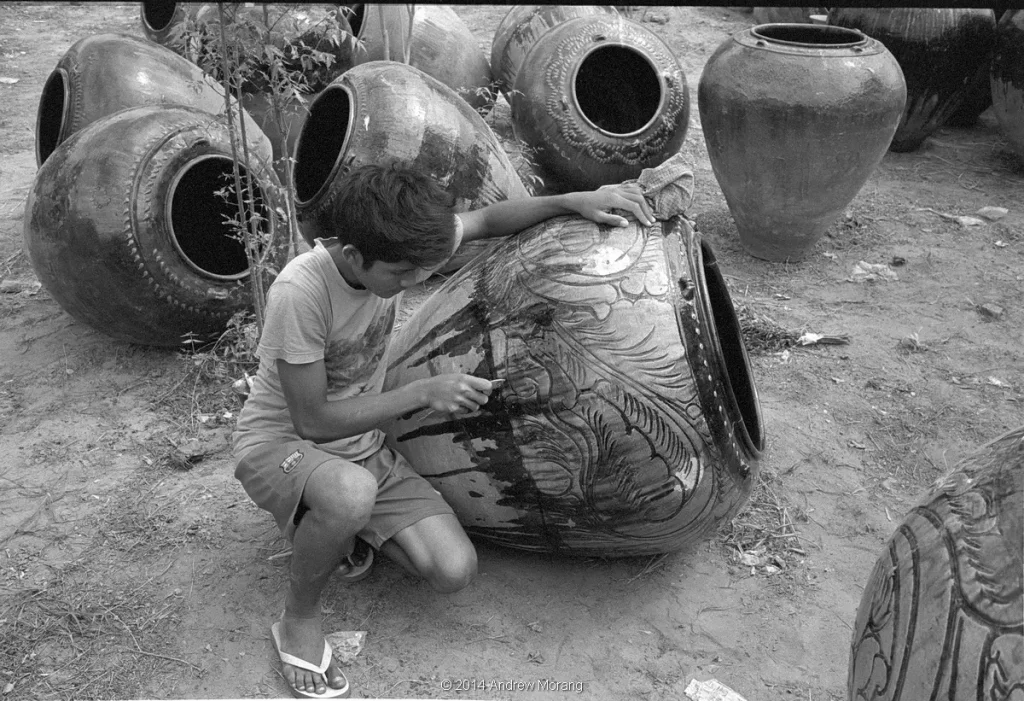
Notice that this 2014 Tri-X is finer grain than the version I used in 1996 in the previous photographs.
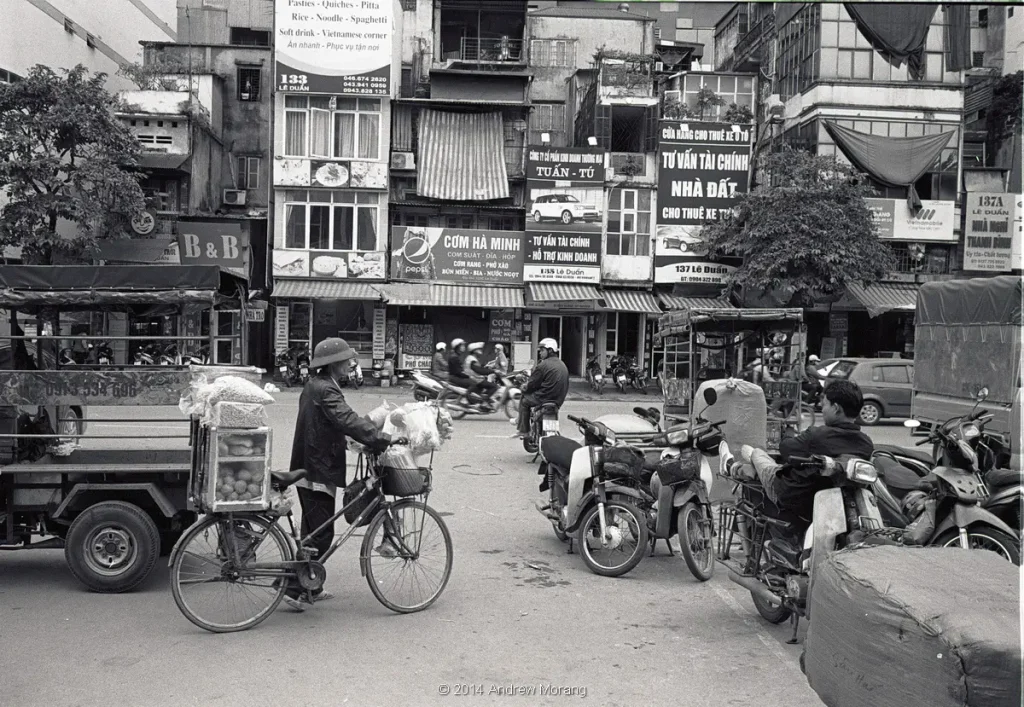
On the way home, we stopped in Hanoi, another fascinating destination. The people were unfailingly polite and the food is sublime.
2017 was a good year. I had retired, and my wife and I took a long tour to Cuba. Everything you have seen in photographs about Cuba is true: old cars, crumbling ornate architecture, gents with cigars, farmland being plowed with oxen. I am not sure if we Americans can visit now, but for all you non-USA readers: definitely put Cuba on your must visit list!
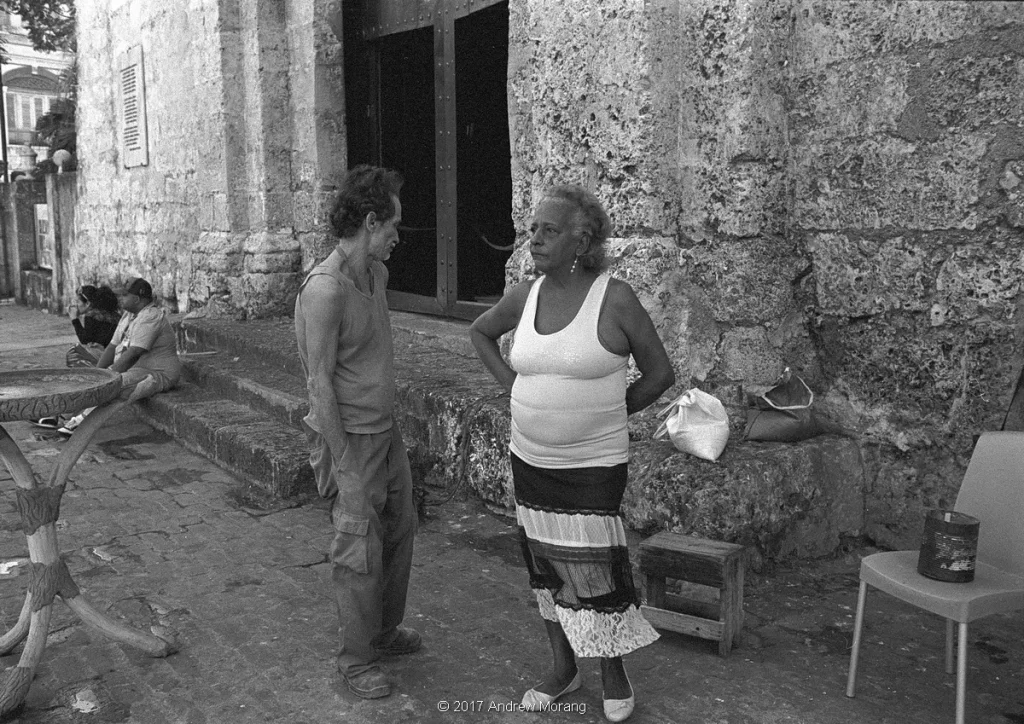
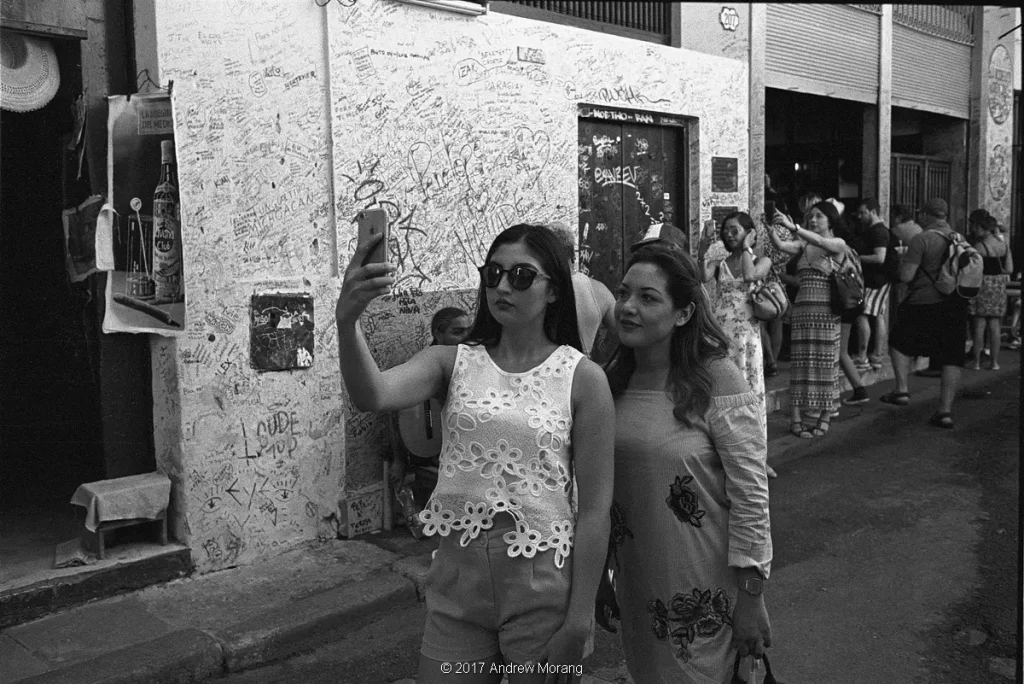
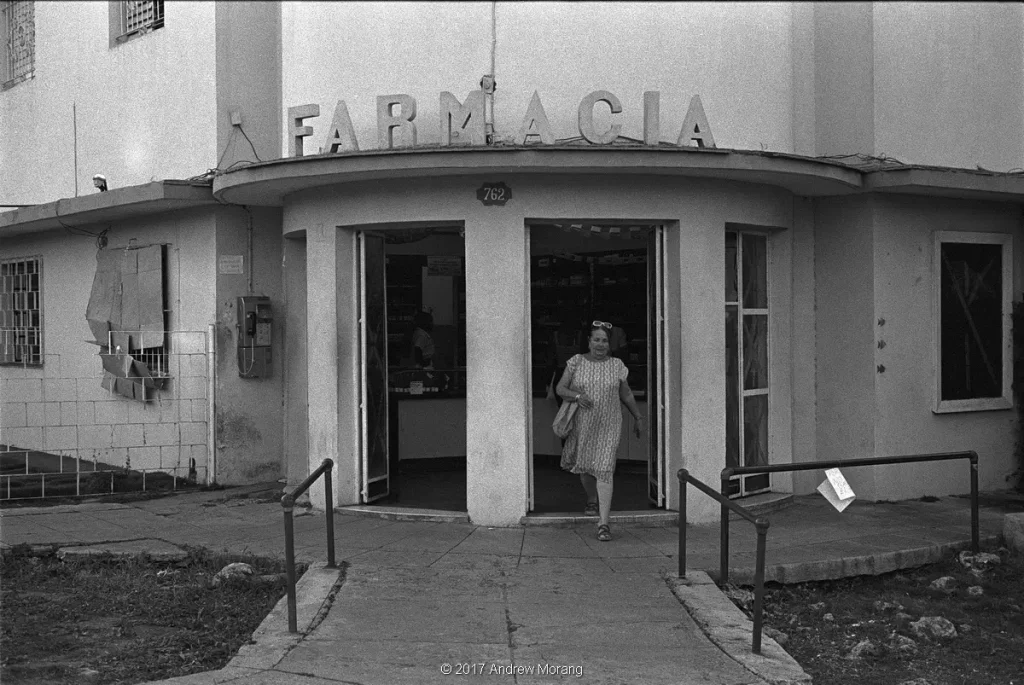
I stepped into several pharmacies. They stocked some drugs in glass cases, but absolutely none of the common cosmetic or day-to-day supplies that we would expect. No soap, Kleenex, tampons, sun cream, vitamins, shampoo, lip balm, nothing. Where do Cubans buy these things?
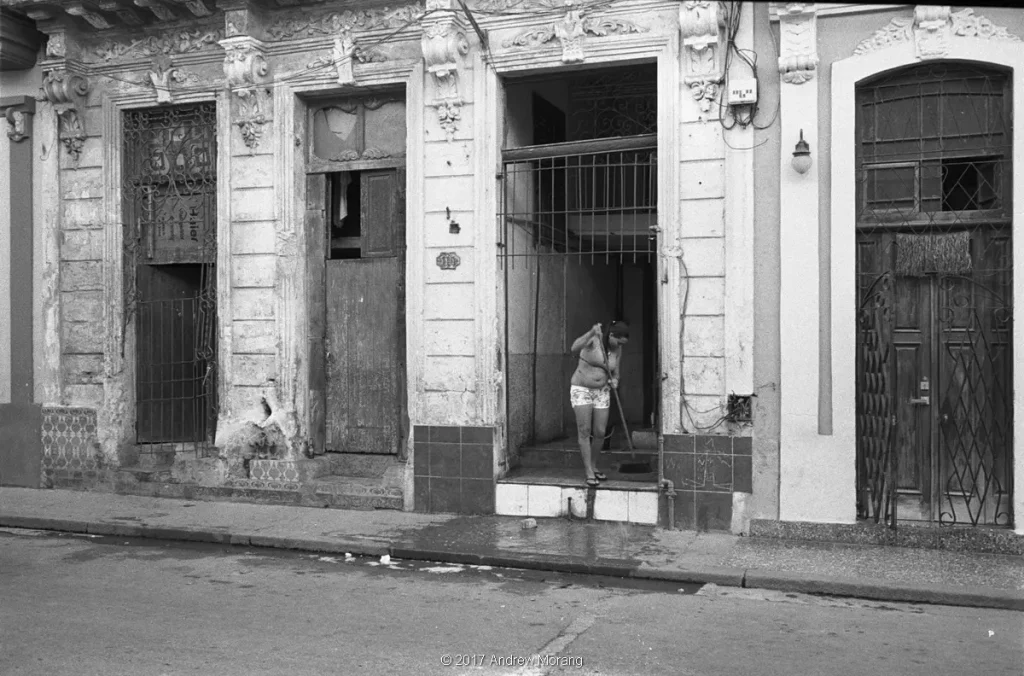
Habana Centro is an architectural gem. Wander around, take in the sights, inhale the air pollution, and take many film pictures. Habana Veijo is equally interesting. And read Graham Green’s Our Man in Havana and watch the movie, filmed on site during the revolution.
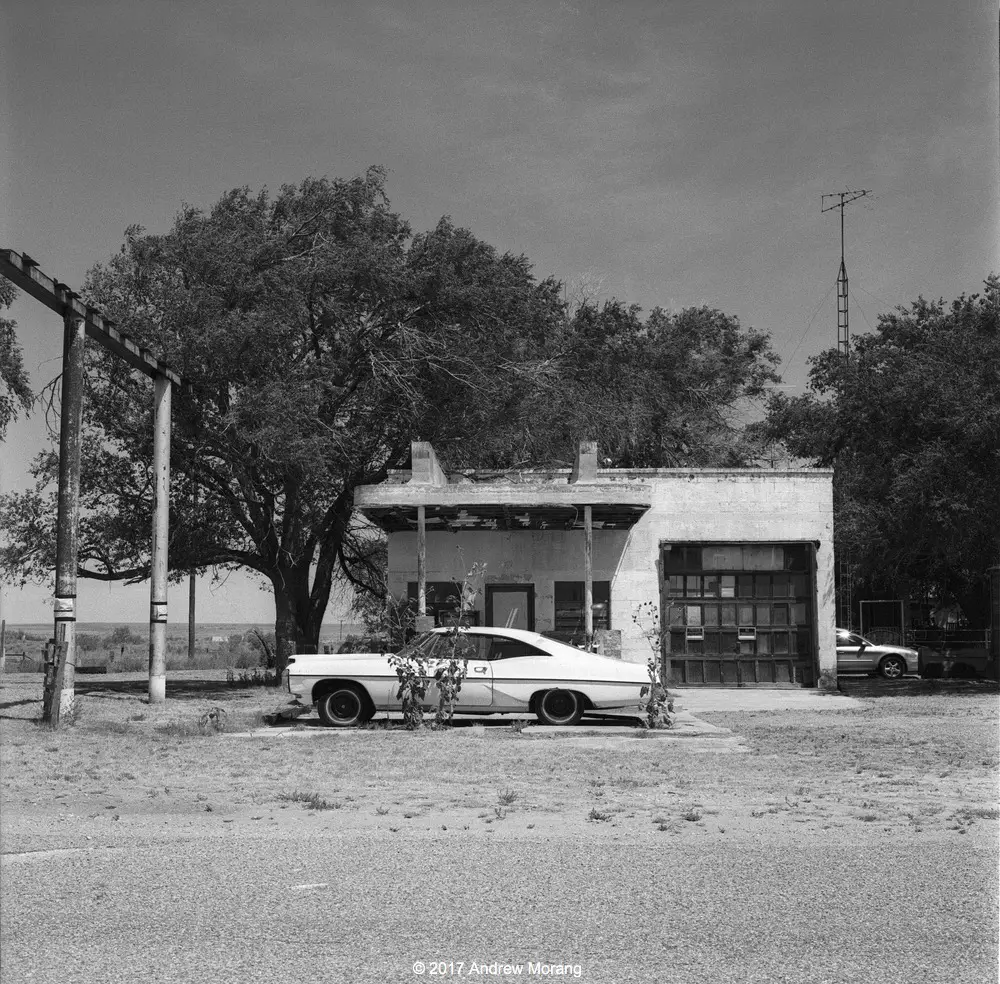
My wife and I also drove on part of the famous Route 66, fabled in folklore, songs, and the motoring culture of mid-century USA. Tri-X looks just right for this type of topic. I need to return with my 4×5″ camera.
In August/September of 2019, I took another road trip through Texas and the US Southwest. Having a car, I packed heavy and took my Hasselblad kit, boxes of 120 Tri-X 400, and a tripod. One goal was to photograph abandoned farmhouses that I had seen on a previous road trip through the Panhandle. A second goal was to revisit some of the old towns on Route 66.
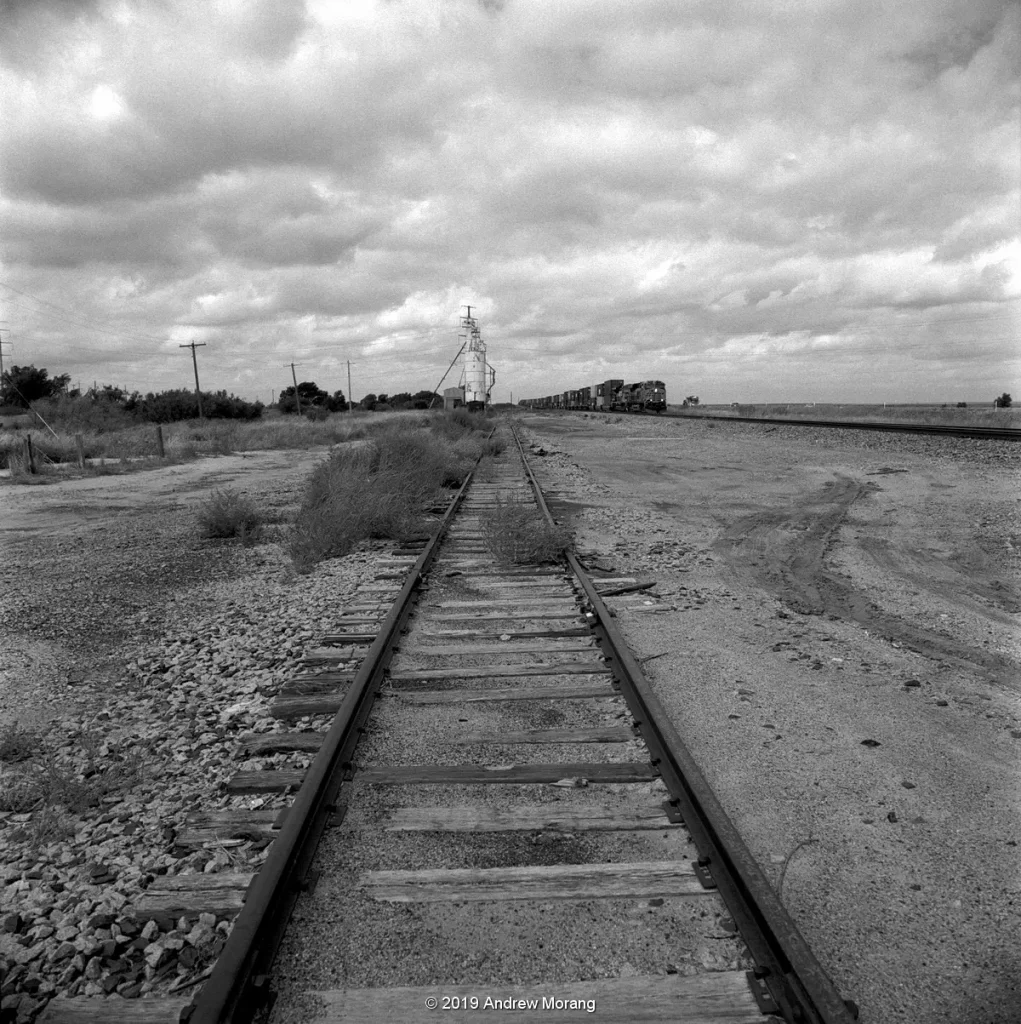
As I wrote in a previous article here in 35MMC, the Texas Panhandle is the land of big skies, big farms, big men and women, enormous pickup trucks, and fading towns and farm houses. The enormity of the sky dominates everything. And I was lucky to be entering the remnants of a tropical storm that had crossed Mexico from the Pacific Ocean. Yes, rain fell in the desert. I will share more Texas photographs with you in the future.
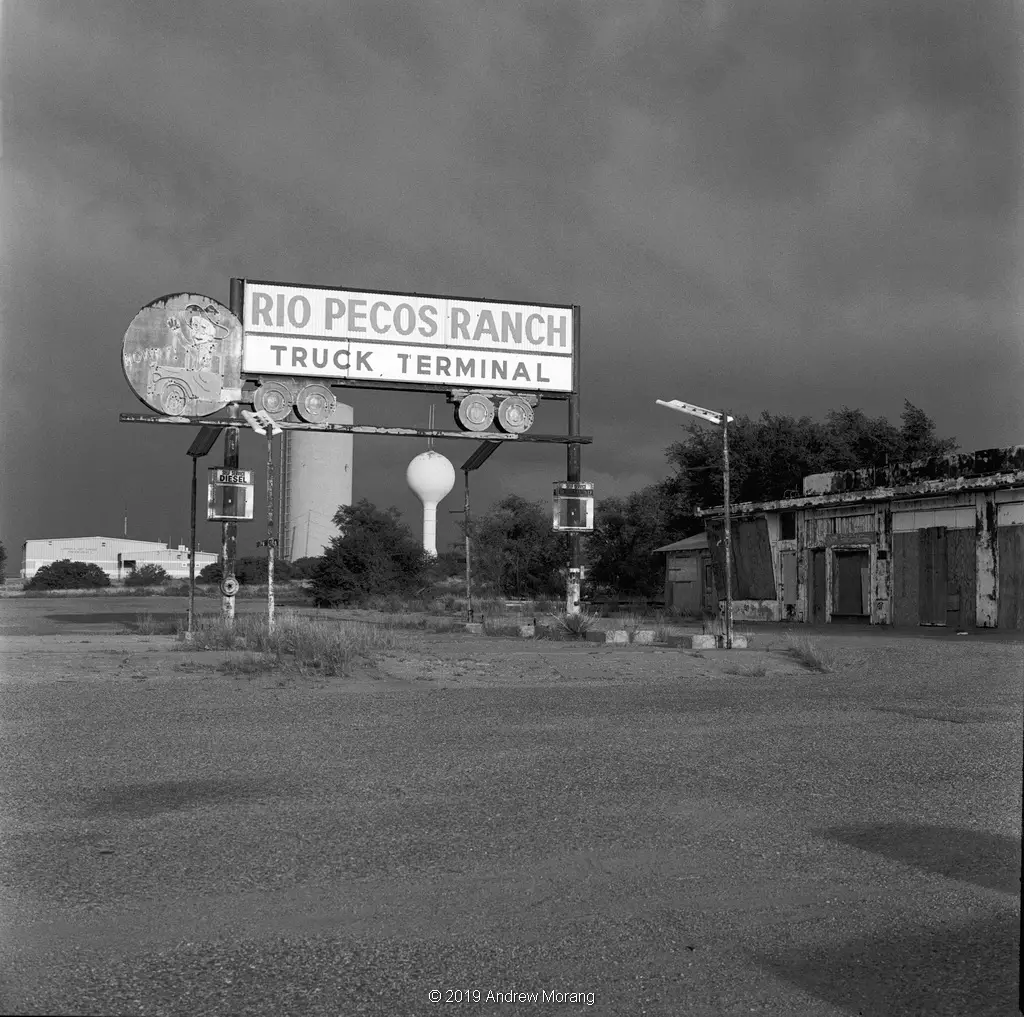
Santa Rosa, New Mexico, is a bit rough, but is known for a deep natural spring, the Blue Hole. The main strip, still labeled as Route 66, has crummy motels and even crummier restaurants. Ah, but the night I stayed there, the light was sublime.
Conclusions
Is Tri-X still a viable medium? In my opinion, the answer is definitely YES. This is especially true during this revival of film use. Photojournalists and street photographers used Tri-X for six decades, and the “look” of Tri-X defined black and white photography for many people. Many other excellent black and white films exist, but I still like Tri-X, and it is forgiving in various developers. You can be off several f-stops in exposure and often still salvage a useable negative. This is not to say other films are inferior by any means. I have had excellent results with Ilford Delta 100, Fomapan Classic 100 (120 size), Kodak Tmax 100 and 400, and Fuji Acros 100. My favorite fine-grain emulsion is still the classic Kodak Panatomic-X, but it was discontinued years ago, and my stock in the freezer is dwindling.
Old-style films like Tri-X look different than newer T-grain films like Tmax 100 and Tmax 400. The newer films are finer grain, but one is not “better” than another, just different. For example, Tmax 400 worked really well for me with my old Summitar lens in Nepal.
Thank you for reading. Keep exploring your world with film. You can see more urban decay and other topics at: https://worldofdecay.blogspot.com
Share this post:
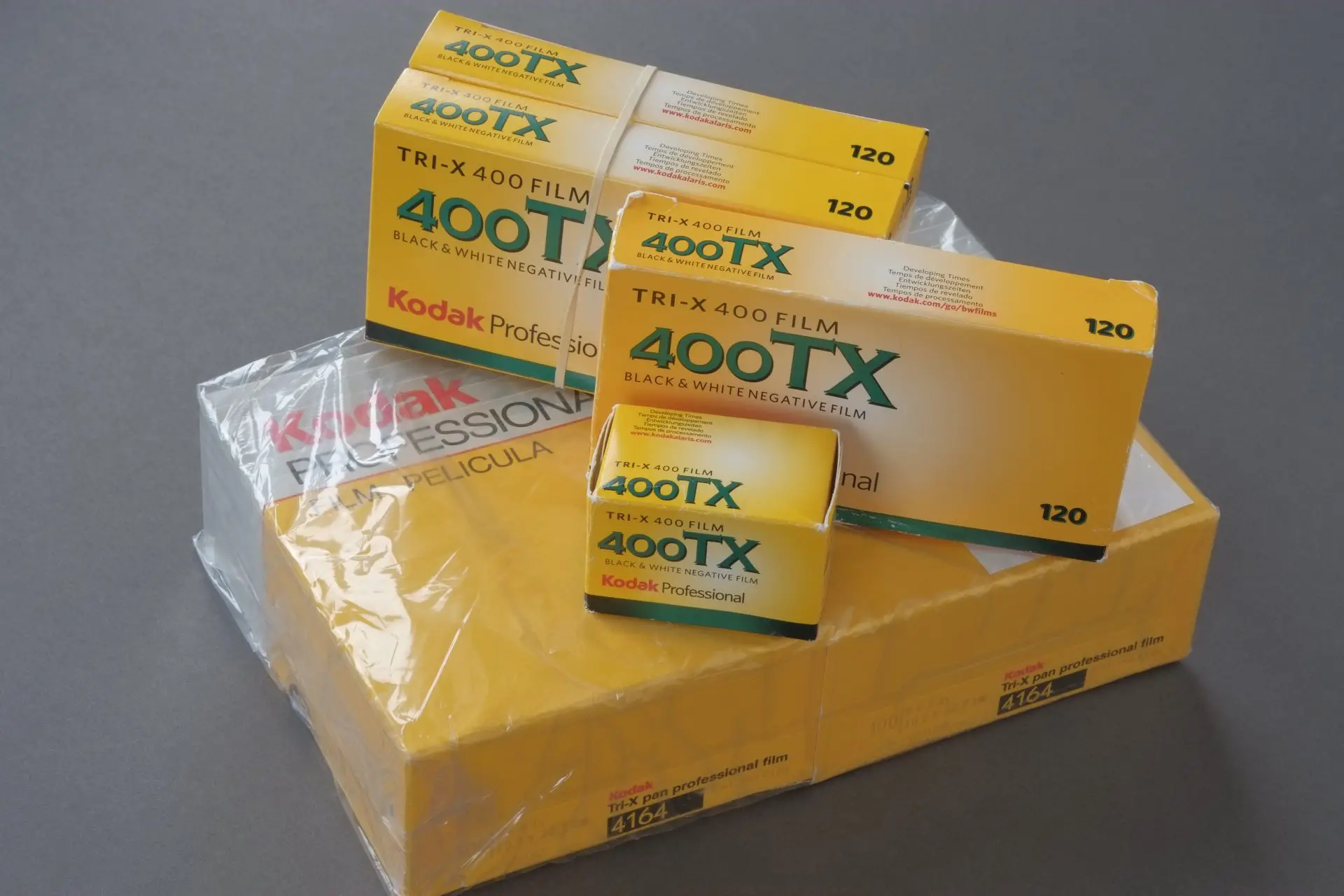








Comments
Clive Williams on Kodak Tri-X Review – Five Decades and Counting of Praise – by Andrew Morang
Comment posted: 07/02/2020
Dan J Castelli on Kodak Tri-X Review – Five Decades and Counting of Praise – by Andrew Morang
Comment posted: 07/02/2020
Tri-X always was three different films: 35mm had that raw edge, medium format was a bit more refined and sheet film was sophisticated.
Photographers of a certain age may remember how vast the Kodak (aka: Great Yellow Father) product line was. Just look at a industrial or dealer Kodak catalog from the late 60's. There was literally no photographic situation that you could encounter where Kodak didn't have a product or service to help you. My favorite was the line of products for working in tropical areas where rot & fungus would ruin your film. They had that covered.
How fortunate you were to photograph destinations around the world before we became 'digitally wired.' For all the positive, modern benefits of being connected, it was fun to be able to disconnect from your familiar surroundings for a bit and rely upon your travel savvy & people skills.
I'm wishing you many more productive, creative years.
Best regards,
Dan
Comment posted: 07/02/2020
Comment posted: 07/02/2020
Gary Paudler on Kodak Tri-X Review – Five Decades and Counting of Praise – by Andrew Morang
Comment posted: 07/02/2020
John on Kodak Tri-X Review – Five Decades and Counting of Praise – by Andrew Morang
Comment posted: 07/02/2020
ºColor-Solinarº on Kodak Tri-X Review – Five Decades and Counting of Praise – by Andrew Morang
Comment posted: 07/02/2020
Comment posted: 07/02/2020
Peter on Kodak Tri-X Review – Five Decades and Counting of Praise – by Andrew Morang
Comment posted: 07/02/2020
Comment posted: 07/02/2020
Comment posted: 07/02/2020
Comment posted: 07/02/2020
Trevor on Kodak Tri-X Review – Five Decades and Counting of Praise – by Andrew Morang
Comment posted: 07/02/2020
David Hill on Kodak Tri-X Review – Five Decades and Counting of Praise – by Andrew Morang
Comment posted: 07/02/2020
When can you write about Tri-X Pro 320? (I see 120 is available in both 400 and 320 emulsions, and you've apparently used both...).
Comment posted: 07/02/2020
Nigel Haycock on Kodak Tri-X Review – Five Decades and Counting of Praise – by Andrew Morang
Comment posted: 07/02/2020
Cheyenne Morrison on Kodak Tri-X Review – Five Decades and Counting of Praise – by Andrew Morang
Comment posted: 08/02/2020
Nice write up on Tri-X, I have 10 rolls of Pantomic-X frozen since new and very excited to use them for a project as soon as I get all my cameras repaired an ready to go. I have Mamiya-6 (645 & 6x6) from 1956, an Exona 6x9 also from 1956 and looking to buy a Konishiroku Pearl IV (645) for my next trip to Japan (Tokyo and Kyoto) for cherry blossom festival Sakura Matsuri in April.
Charity Nietopski on Kodak Tri-X Review – Five Decades and Counting of Praise – by Andrew Morang
Comment posted: 13/02/2020
I work with the social media channels for Kodak Professional and we would like to feature this article on our Facebook and Twitter pages. We want to ask you first if all of the photos in this article were shot with Tri-X 400, or were some of them shot with Tri-X 320?
Thank you,
Charity
Comment posted: 13/02/2020
Ian Do Carmo on Kodak Tri-X Review – Five Decades and Counting of Praise – by Andrew Morang
Comment posted: 15/02/2020
My favourite photos is the World Trade Center, The Young Beauty, Shotgun Houses, The Pot Manufacturing.
People my age (I was 12 on September 11) will never be able to really find out what the World Trade Center really meant to New York and the United States. I was watching Sleepless in Seattle last night and really can't wait to travel in the States.
I love it your article. Thank you.
Comment posted: 15/02/2020
Dave Luttmann on Kodak Tri-X Review – Five Decades and Counting of Praise – by Andrew Morang
Comment posted: 16/02/2020
Shooting 4x5" GAF Film Packs in the Mississippi Delta - by Andrew Morang - 35mmc on Kodak Tri-X Review – Five Decades and Counting of Praise – by Andrew Morang
Comment posted: 07/08/2020
Happy Birthday, Kodak Tri-X | Johnny Martyr on Kodak Tri-X Review – Five Decades and Counting of Praise – by Andrew Morang
Comment posted: 01/11/2021
Michael S. Goldfarb on Kodak Tri-X Review – Five Decades and Counting of Praise – by Andrew Morang
Comment posted: 16/01/2022
And sure, I've shot a lot of other b/w films over the years - Ilford Delta 100 and FP4 Plus, Agfapan APX 100 (my second favorite b/w emulsion, how I miss it!), dearly departed Plus-X, and others - but I always return to Tri-X. It's the champ.
Comment posted: 16/01/2022
Geometry - photohaikus.com on Kodak Tri-X Review – Five Decades and Counting of Praise – by Andrew Morang
Comment posted: 16/01/2022